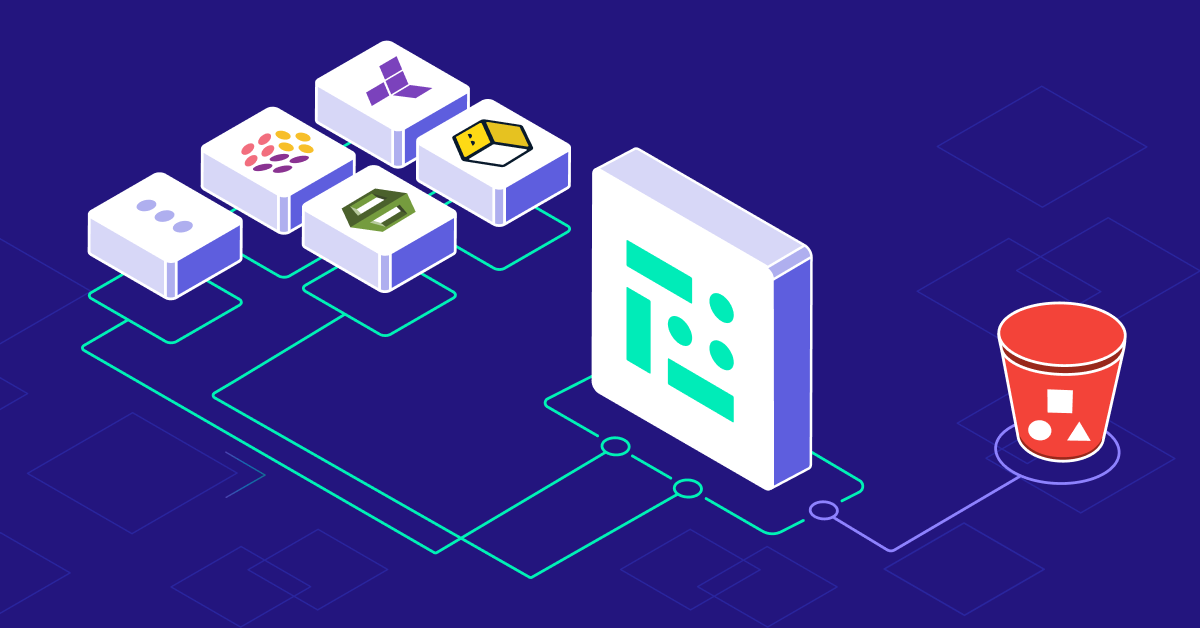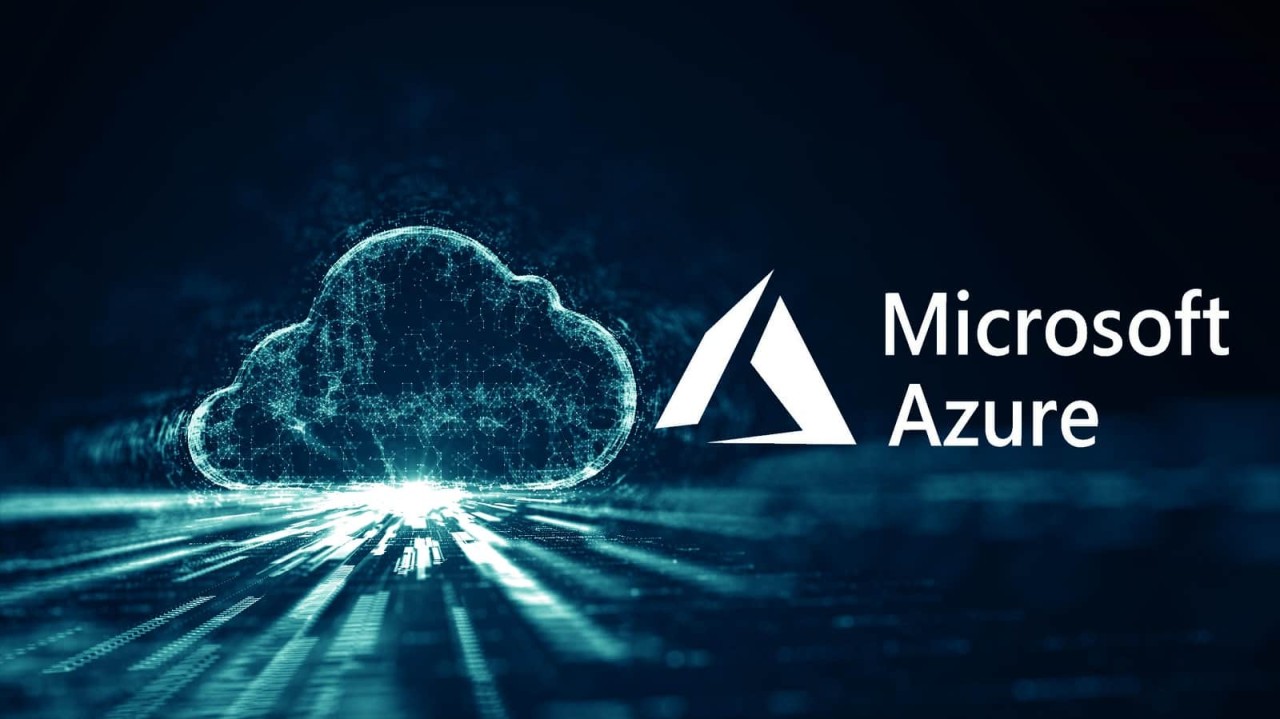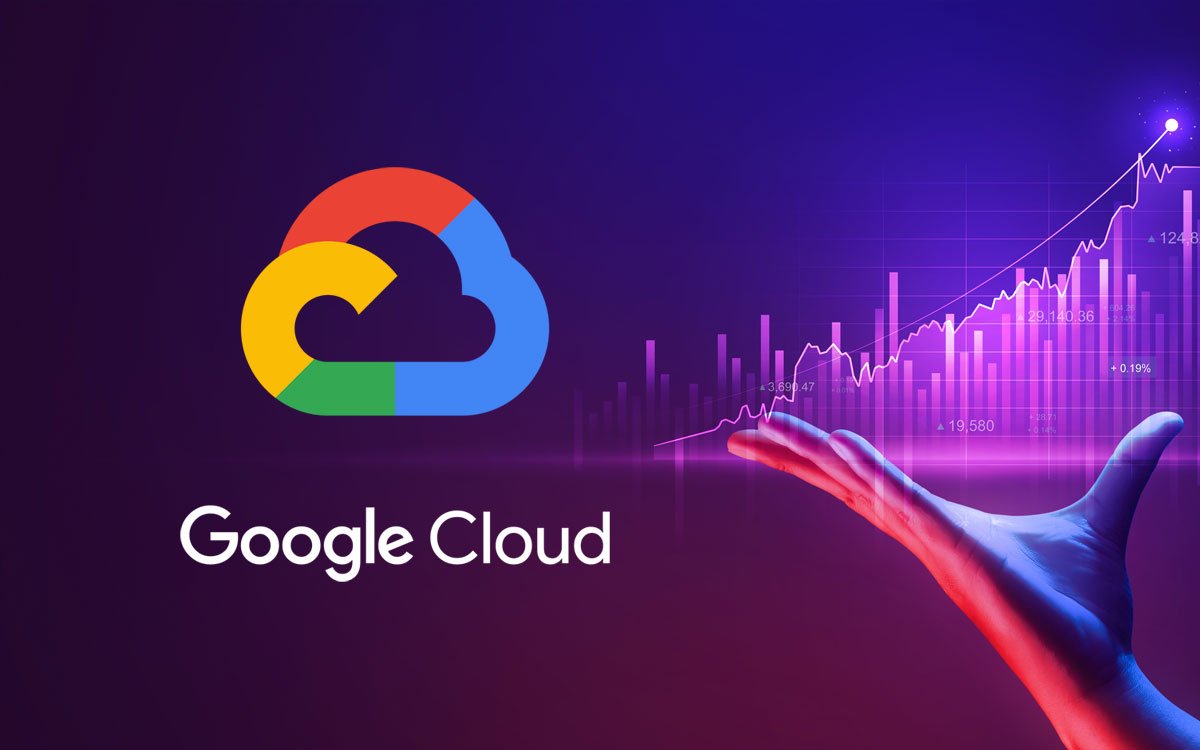Description
Introduction of Cloud Automation of Scripting & Orchestration:
Cloud automation is essential for efficiently managing and scaling cloud environments. This course explores the principles and practices of cloud automation, focusing on scripting and orchestration using popular tools such as Terraform and Ansible. Participants will learn how to automate cloud infrastructure provisioning, configuration management, and deployment processes. The course covers the fundamentals of infrastructure as code (IaC), automation best practices, and hands-on exercises with Terraform and Ansible. It is designed for IT professionals, cloud engineers, and DevOps practitioners who want to enhance their skills in automating cloud operations.
Prerequisites:
- Basic Knowledge of Cloud Computing: Understanding of cloud computing concepts, service models (IaaS, PaaS, SaaS), and cloud platforms (AWS, Azure, Google Cloud).
- Familiarity with Scripting: Basic knowledge of scripting languages such as Python, Bash, or PowerShell.
- Understanding of IT Infrastructure: Familiarity with concepts related to networking, storage, and compute resources.
- Experience with Configuration Management: Prior experience with configuration management tools is beneficial but not required.
Table of contents
1. Introduction to Cloud Automation
1.1. Overview of Cloud Automation
1.2. Benefits of Automating Cloud Operations
1.3. Key Concepts: Infrastructure as Code (IaC) and Configuration Management
1.4. Introduction to Automation Tools: Terraform and Ansible
2. Getting Started with Terraform
2.1. Overview of Terraform and Its Architecture
2.2. Terraform Configuration Files and Syntax
2.3. Providers and Resources in Terraform
2.4. Managing State Files and Workspaces
2.5. Hands-On Lab: Setting Up Your First Terraform Project
3. Provisioning Cloud Infrastructure with Terraform
3.1. Defining and Deploying Infrastructure Resources
3.2. Managing Dependencies and Modules
3.3. Terraform Plan, Apply, and Destroy Commands
3.4. Handling Secrets and Variables
3.5. Hands-On Lab: Provisioning Cloud Resources with Terraform
4. Introduction to Ansible
4.1. Overview of Ansible and Its Architecture
4.2. Ansible Playbooks, Roles, and Tasks
4.3. Inventory Management and Configuration
4.4. Modules and Plugins in Ansible
4.5. Hands-On Lab: Writing Your First Ansible Playbook
5. Configuring and Managing Cloud Resources with Ansible
5.1. Automating Configuration Management with Ansible
5.2. Integrating Ansible with Cloud Platforms (AWS, Azure, Google Cloud)
5.3. Managing Application Deployments with Ansible
5.4. Ansible Vault for Secrets Management
5.5. Hands-On Lab: Configuring Cloud Resources with Ansible
6. Orchestrating Cloud Deployments
6.1. Overview of Orchestration in Cloud Environments
6.2. Combining Terraform and Ansible for End-to-End Automation
6.3. Building CI/CD Pipelines with Automation Tools
6.4. Error Handling and Rollbacks
6.5. Hands-On Lab: Orchestrating a Complete Cloud Deployment
7. Best Practices for Cloud Automation
7.1. Automation Strategy and Planning
7.2. Managing and Versioning Automation Code
7.3. Testing and Validation of Automation Scripts
7.4. Security Considerations and Compliance
7.5. Case Studies: Best Practices in Cloud Automation(Ref: Cloud Data Management Overview: Principles and Best Practices)
8. Advanced Automation Techniques
8.1. Advanced Terraform Features: Modules, Workspaces, and Providers
8.2. Using Ansible for Complex Workflows and Integrations
8.3. Dynamic Infrastructure Provisioning and Scaling
8.4. Integrating Automation with Monitoring and Alerts
8.5. Hands-On Lab: Advanced Automation Scenarios
9. Troubleshooting and Maintenance
9.1. Troubleshooting Common Issues in Terraform and Ansible
9.2. Debugging and Logging Techniques
9.3. Maintenance and Updates for Automation Scripts
9.4. Managing Changes and Version Control
9.5. Hands-On Lab: Troubleshooting and Maintenance Exercises
10. Conclusion and Next Steps
10.1. Recap of Key Concepts and Best Practices
10.2. Exploring Certification Paths for Automation Professionals
10.3. Resources for Continued Learning and Professional Development
10.4. Future Trends in Cloud Automation
Conclusion:
This certification equips professionals with the essential skills to automate cloud infrastructure management using Terraform and Ansible, driving operational efficiency and reliability. By mastering these competencies, candidates can effectively contribute to their organizations’ DevOps initiatives and enhance cloud operations.







Reviews
There are no reviews yet.